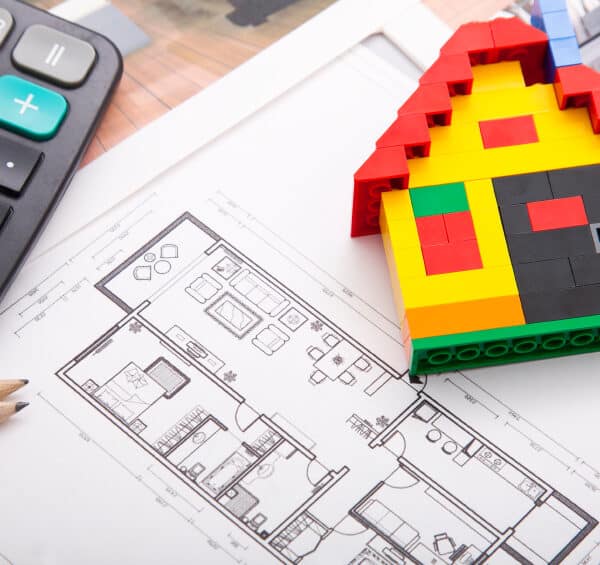
Some of the Stirling work now seems dated and not equally as applicable to adapting existing environments as to new build, but the basic ten principles are as pertinent today as when they were first described. This week we look at principles of dementia design.
Chapman, Gilmour and McIntosh (2001) have added to these specifications and have stated that buildings for persons with dementia should:
- make sense
- help way finding
- provide a therapeutic environment
- provide a safe environment
- minimise staff stress. (Chapman, Gilmour & McIntosh, 2001)
Likewise, Brawley and her American contemporaries emphasises that physical design features can be seen to potentially compensate for the impairments of persons with dementia in the following ways. They:
- assure safety and comfort
- support functional abilities
- assist with way finding and orientation
- prompt memory
- establish links with the familiar healthy past
- convey expectations and elicit and reinforce behaviour
- reduce agitation
- facilitate privacy
- facilitate social interactions
- stimulate curiosity and interest
- support independence, autonomy and control
- facilitate the involvement of families. (Brawley, 1997)
Cohen and Weisman add one more critical criterion that seems to have been absent in the previous guides:
- the building should adapt to changing needs. (Cohen & Weisman, 1991)
This last component in my opinion, may prove to be the most pertinent for the future development of the field and allows us scope to design for differing needs within the same footprint. As new builds require both land and finance the modification and adaptation of existing buildings offers an immediate and cost- effective route to meeting many current and future needs.
By redesigning our environments for people living with dementia we can build in different features which become more applicable as the various disease processes mature, thus future proofing our care homes for:
- a decrease in residential- type service requirements
- an increase in physical frailty
- the advancing of the disease process through active mobility to dependent immobility and towards a ‘good’ and dignified death.
Brawley and her contemporaries have rightly suggested that design for dementia should be designed around ability and not disability. Please remember this essential argument when you are adapting your environments to best meet the needs of your residents – begin with ability in mind.
This then becomes the starting point for adaptations within the care home, because once we understand the abilities as well as the disabilities of persons living with dementia we are better able to design our environments to enable rather than disable.
This desire to create prosthetic environments, based around abilities, now provides an operational definition which will guide the use of adaptive- response applications to the built environment.
Designing for ability
It is difficult to conceptualise the challenges that dementia presents. Designers cannot experience dementia first hand and because of its progressive and degenerative nature, people do not recover and then become able to describe the entire experience of what it is like. However, based on research and anecdotal evidence of lives well lived within built environments, the following adaptive principles are to be considered.
A three- tier living environment
Evidence suggests moving a person with an advanced dementia causes a worsening of symptoms, an increase in stress and a risk to life, but how do we adapt our care to avoid moving someone once the environment no longer sustains their abilities and becomes disabling? The principles of design I recommend and help to bring to fruition for all my clients and employers is as follows: If we create different ability zones throughout the care complex (this could be as simple as adapting individual lounges or dining areas or as complex as creating ability dependent wings) and, If each area of the care environment is designed to compensate for the degree of strengths and abilities of its residents, allowing a smooth transition to the next, more care- dependent zone with the onset of increasing need, then the design achieves the otherwise impossible task of allowing the person to remain at the care site and experience the same care staff and surroundings.
They receive environmental compensation not from moving accommodation but from the accommodation itself changing and modifying within the same but progressively more adaptive prosthetic environment.
You will remember the aim is to decrease the environmental pressure or demand while increasing the individual’s ability to interact effectively, without stress to the environments requirements.
In our next blog we will look at applying the principles of dementia design to three separate living arrangements: each supporting a gradually declining ability level – but where each compensates for disability while maximising ability.
Till next time
Paul Smith – Dementia Care Expert





